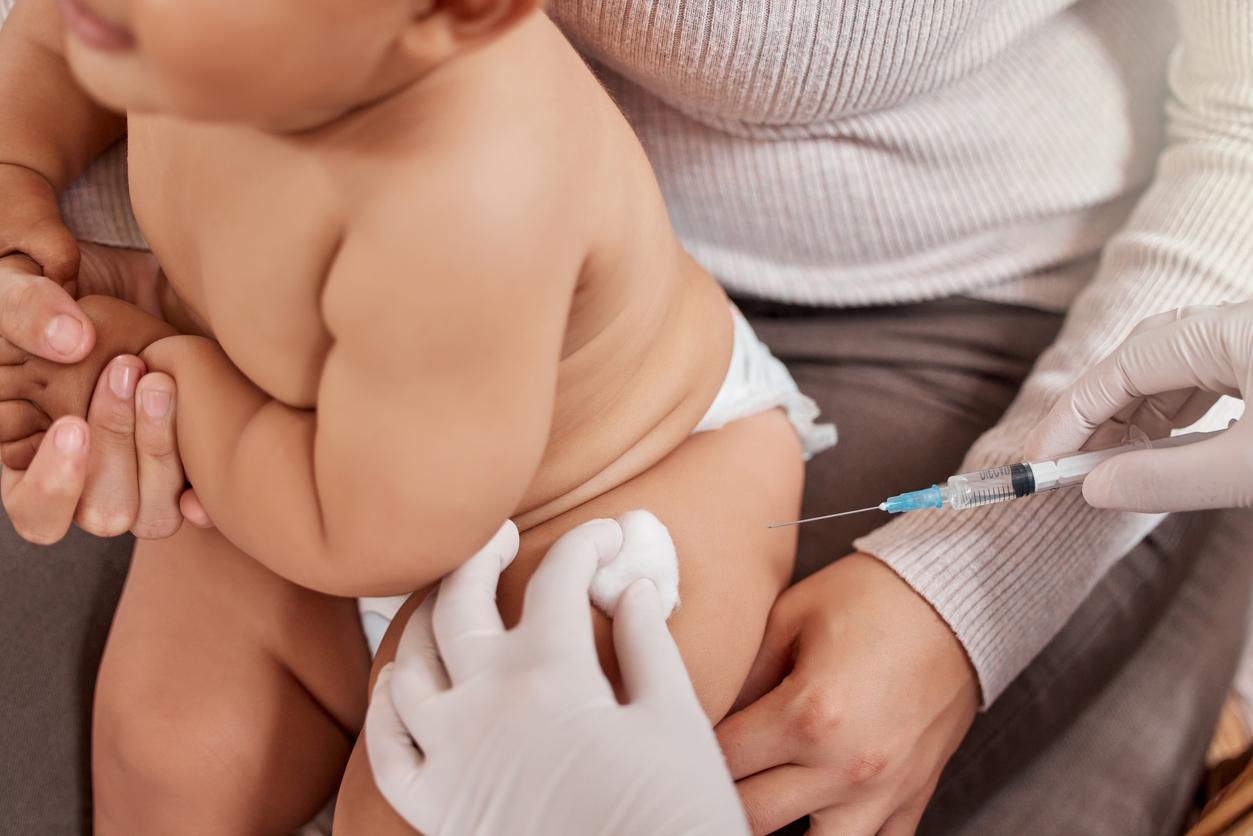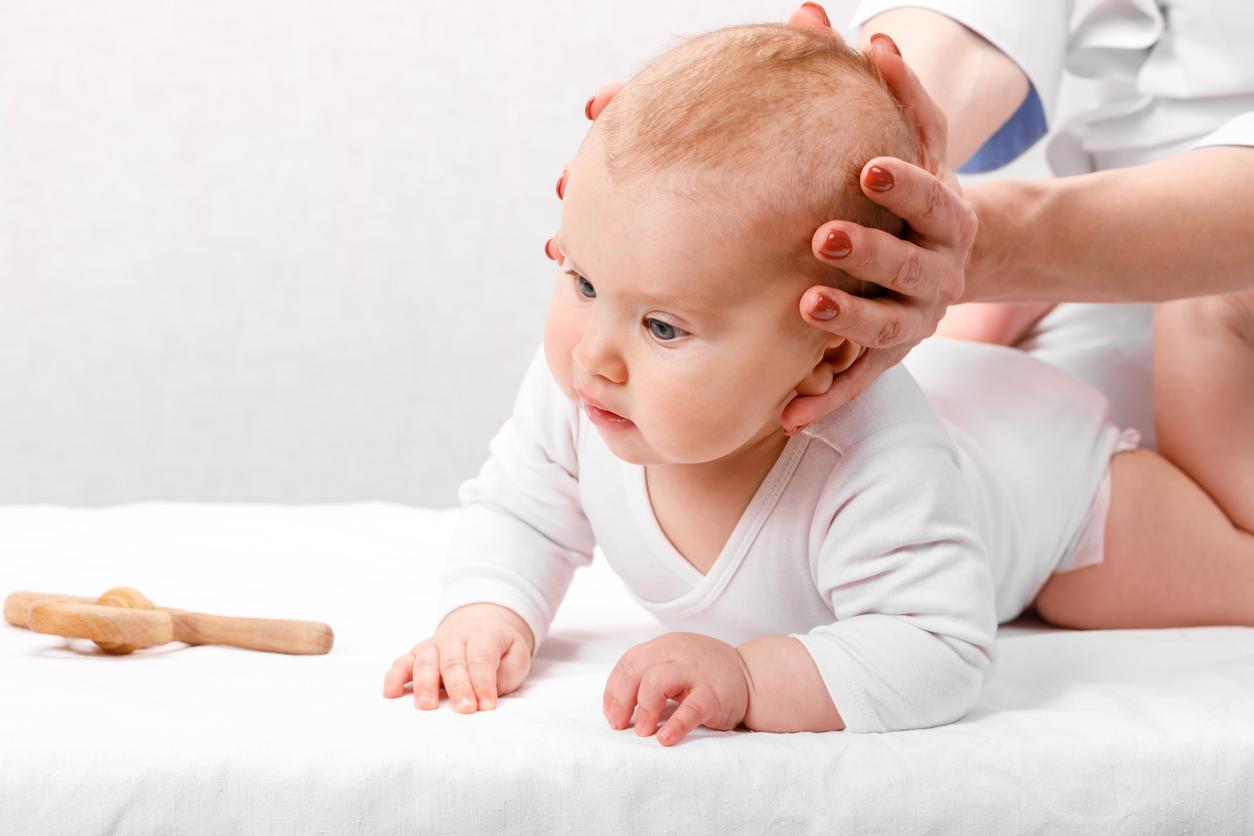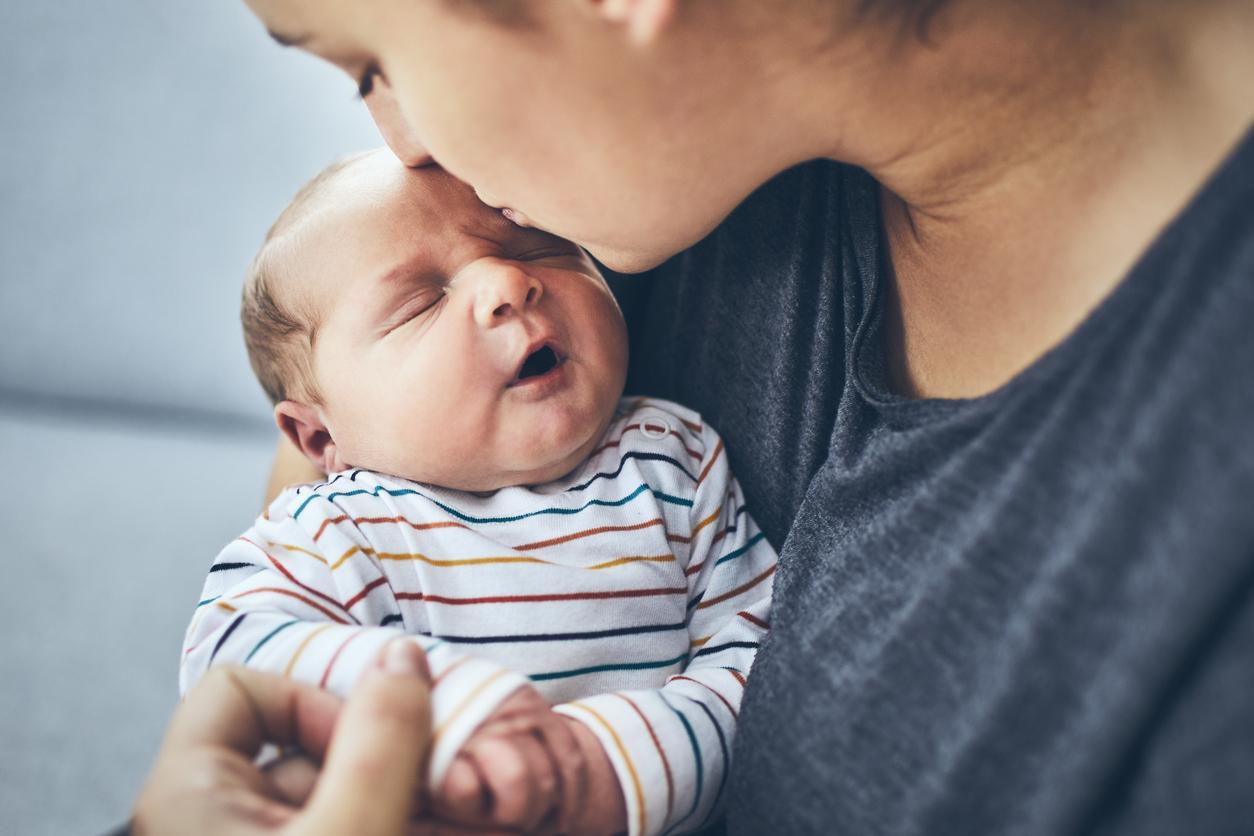Is it (really) necessary to wait six months to try to have another child after a miscarriage or an abortion? Not really, according to a study published November 22 in the journal PLOS Medicine. On the contrary, these women could even attempt a new pregnancy. “not much time” after a previous miscarriage or abortion, without a higher risk of complications.
Where do WHO recommendations come from? The organization’s advice is based on the fact that women would need some time to replenish their nutritional stores, to recover from infections or inflammatory disease(s) that may have contributed to miscarriage, or to lose the excess weight gained during the previous pregnancy. According to WHO“when births are less than two years apart, the infant mortality rate is 45% higher than the death rate when births are 2 to 3 years apart, and 60% higher than the death rate when they are are four years or more”.
However, according to the study cited by the Guardianthese claims were largely based on preliminary studies and reviews conducted in low- and middle-income countries prior to 2005.
In order to reach their conclusion, a team of researchers from the Curtin School of Population health in Perth, Australia analyzed data from 49,058 births after miscarriage and 23,707 births after abortion in Norway between 2008 and 2016, to then note a possible impact on the infant (premature birth, baby too small or too big for its gestational age) and on the mother (gestational diabetes or preeclampsia).
Review WHO recommendations
“We believe our results are reassuring for women trying to get pregnant soon after a miscarriage or induced abortion without increasing the risk of adverse pregnancy and childbirth outcomes.”said Gizachew Tessema, lead author of the study at Guardian. “You can have children whenever you want, but there are caveats. […] It will vary from person to person, but if I had to pick one number it’s at least six weeks.“ Far from the six least strongly recommended by the WHO therefore.
The study also challenges the recommendation that women should wait at least 24 months after a live birth to get pregnant, in order to avoid complications in the next pregnancy. Also no increased risk of adverse pregnancy or delivery outcomes after stillbirth was found. “We call for a review of existing World Health Organization recommendations for spacing pregnancies after pregnancy loss.”she concludes.
Sources:
- Interpregnancy interval and adverse pregnancy outcomes among pregnancies following miscarriages or induced abortions in Norway (2008–2016): A cohort study, PLOS MedicineNovember 22, 2022
- No need for six-month wait to try for baby after pregnancy loss, study finds, The Guardian, November 22, 2022
















